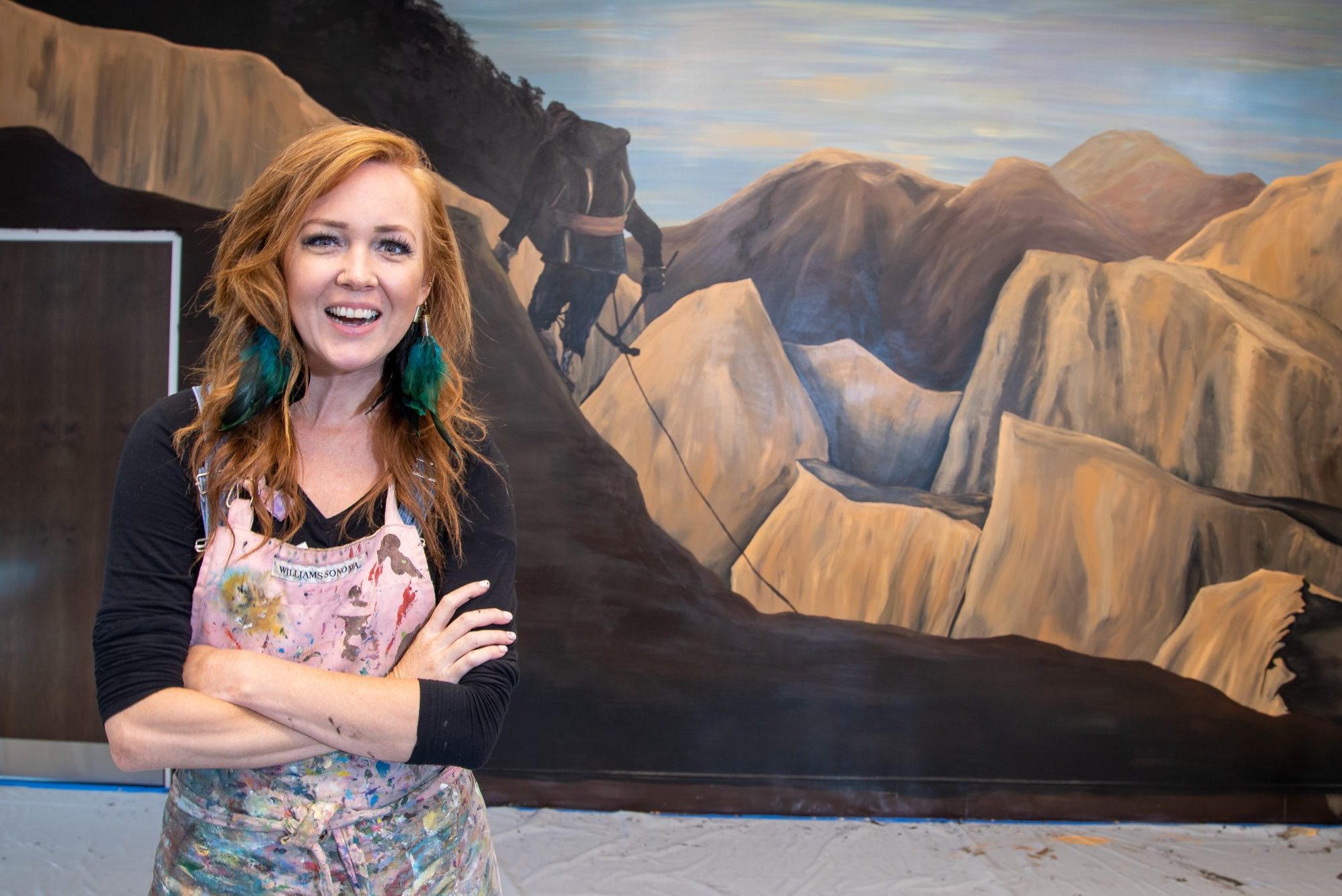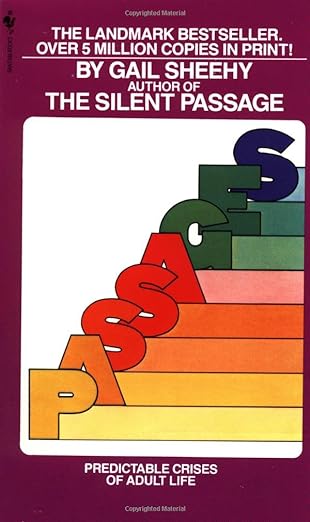Caption: Artist Kate Saville painting a mural on the break room wall.
In the vast canvas of life, some moments mark profound shifts—a mosaic of passages that weave through our existence, reshaping who we are and how we express ourselves. Gail Sheehy’s timeless work, “Passages,” illuminates the ebbs and flows of personal development and resonates deeply with the transformative stages of a creative journey.
Much like life, creativity isn’t a stagnant pond but a flowing river, demanding adaptation and evolution. Sheehy echoes this sentiment: “Creativity could be described as letting go of certainties.” Artists find fertile ground for innovation by releasing rigid assumptions and embracing uncertainty.
Early in our creative pilgrimage, we tread the path of learning. It’s a time of exploration and discovery, akin to the tumultuous twenties Sheehy describes. The choices made, be it committing to a medium, honing a craft, or embracing a particular style, often feel irreversible, laden with the weight of permanence. Yet, as we immerse ourselves in the process, we realize that change is inevitable and essential for growth. “If we don’t change, we don’t grow. If we don’t grow, we aren’t living,” Sheehy’s words reverberate, reminding us that artistic stagnation is antithetical to the essence of creation.
As proficiency blossoms and mastery beckons, the echoes of Sheehy’s wisdom resonate louder. It’s not merely about competence; it’s about recognition and respect. Artists yearn not just to create but to be acknowledged, to have their voices heard amidst the din of the creative realm. This quest for validation shapes the transition into the thirties and forties—a phase akin to the ‘rediscovery of community’ that Sheehy depicts. In the embrace of one’s true self lies the nexus where personal authenticity melds with creative expression.
However, life’s passage isn’t a solitary journey. As my wife and I encountered the Empty Nest Syndrome, artists often face unexpected shifts—a reconfiguration of priorities, obligations, and responsibilities. For some, like me, it’s aging parents requiring more care, altering the rhythm of existence. Similarly, for artists, these moments often lead to profound introspection and recalibration of artistic vision.
As Sheehy depicts, the midlife passage mirrors a pivotal juncture in a creative’s voyage. “You can’t take everything with you when you leave on the midlife journey,” she asserts, signaling a departure from external validations. Artists begin to shed the layers of conformity, stepping into an arena of self-discovery and introspection. It’s a time to move away from prescribed roles and external expectations, forging an identity deeply rooted in personal expression.
Ultimately, these passages in life and creativity intertwine, converging in the realization that change is not a threat but a conduit for renewal. The stages laid bare by Sheehy offer a roadmap—a beacon guiding artists through the labyrinth of creative evolution. In embracing these passages and navigating the ebbs and flows, artists transcend mere creation and birth a legacy that speaks volumes to the world.


